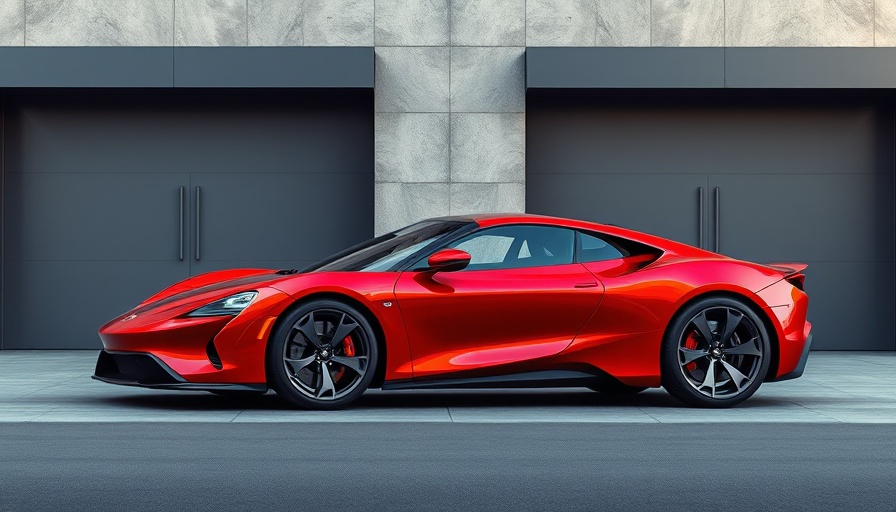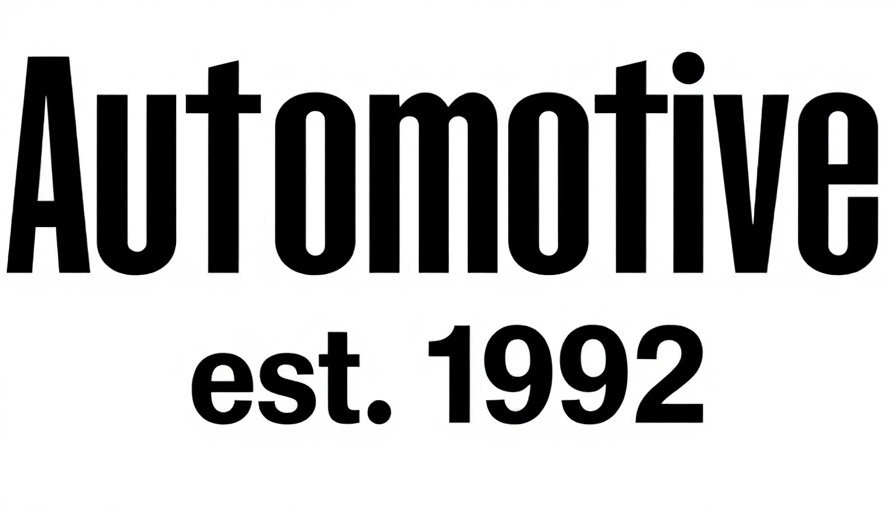
California: Leading the Charge in Electric Vehicle Infrastructure
California has made headlines again as the number of electric vehicle (EV) chargers outpaces gas pumps, marking a significant milestone in the state’s commitment to electric mobility. Recent reports indicate that California now boasts 178,549 public and shared private EV chargers, compared to approximately 120,000 gas pumps. This notable transition reflects the state's drive to reduce emissions and promote clean energy.
The Rise of Electric Vehicle Charging Stations
The growth of EV charger stations in California has been remarkable, predominantly dominated by Level 2 chargers, which account for around 162,000 of the total chargers. These installations offer slower charging speeds but are ideal for residential areas. Fast-charging options, with about 16,500 DC fast chargers, provide quicker refueling, accommodating the fast-paced lifestyles of many Californians. Notably, when considering home installations of EV chargers estimated at around 700,000, the infrastructure further solidifies the shift toward electric vehicles.
California's Vision for a Greener Future
California's ambitious plan includes a proposal for a $1.4 billion investment approved by the California Energy Commission, aimed at expanding available EV charging infrastructure and accessibility to hydrogen fuel. This initiative is crucial for ensuring Californians have the resources to manage the increasing demand for electric vehicle charging. Furthermore, as the state faces challenges regarding regulatory support, local efforts to enhance infrastructure remain vital.
The Impact on Consumers and Auto Dealers
This surge in EV charging availability presents significant opportunities and challenges for both consumers and auto dealers. For dealers, keeping up with the transition to electric vehicles requires an understanding of the market's demands and consumer behaviors. Training among auto sales personnel must include the advantages and applications of EVs while addressing consumer concerns about the depletion of charging infrastructure on long trips. Consumers, on the other hand, are likely to benefit from decreased fuel costs and more accessible charging options.
What It Means for the Automotive Industry
The automotive industry is undergoing a seismic shift as California leads the push toward electrification. The state's initiatives will influence other regions, accelerating the adoption of EVs across the nation. As the market grows, dealers must adapt to the changing automotive landscape, embracing new technologies and sales strategies to cater to the burgeoning EV demographic. This evolving market will demand innovation and foresight, indicating a foreseeable future where electric vehicles become the primary choice for consumers.
Taking Action for the Future
In light of California's transition towards electric vehicles, dealership owners and general managers should consider investing in EV training programs, improving their sales strategies, and understanding the regulatory landscape surrounding electric vehicles. By preparing for the future, dealers can position themselves as leaders in this transformative era of automotive sales.
As California continues to pave the way with its extensive charging infrastructure, the ripple effects across the automotive industry are undeniable. To remain competitive, now is the time for dealers to embrace the shift and equip themselves with knowledge about EV offerings, consumer trends, and the burgeoning marketplace.
 Add Row
Add Row  Add
Add 

 Add Row
Add Row  Add Element
Add Element 




Write A Comment